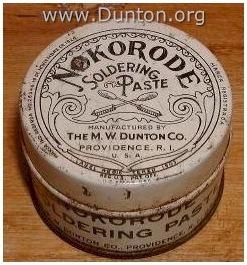gdizzle
Well-Known Member
So got the cluster out 66 dart 270. Wonder why the speedo didnt work? Well apparently it had a major breakdown and exploded? See pics/ . I was hoping I could scavenge pieces from this other cluster from a 71 dart, but I think they are too different. Any ideas?
Also all gauges are dead, now I see that a few of the pins are detached, and few others are loose? Is there a fix for this? help me out. thanks
Also all gauges are dead, now I see that a few of the pins are detached, and few others are loose? Is there a fix for this? help me out. thanks

















